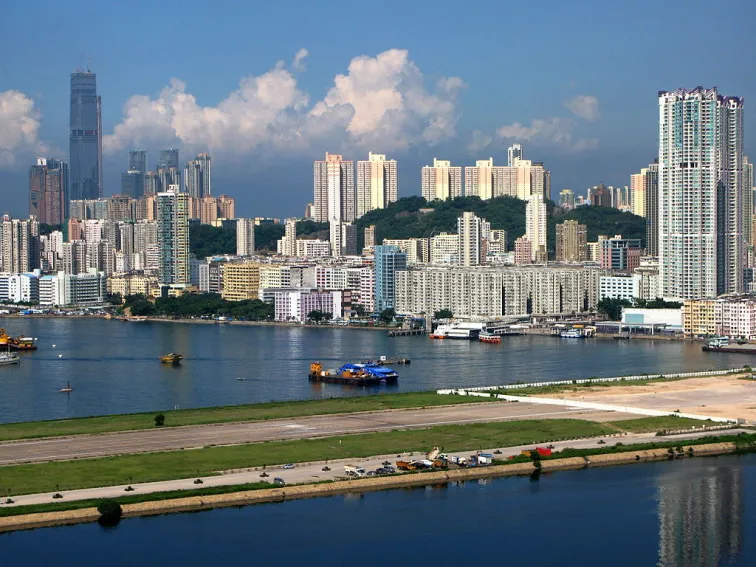
Government urged to boost home density in Kowloon and New Territories
The aim is to bring home density levels to that of Hong Kong Island.
The government could look into increasing the density of residential properties in Kowloon and New Territories in line with housing-density levels on Hong Kong Island as part of its consolidated efforts to ease the SAR’s chronic housing crunch, the Royal Institution for Chartered Surveyors (RICS) said in a report.
Also read: Over 3,000 nano flats to be completed until 2020 as residents squeeze into smaller homes
The move could be achieved by deploying existing public-housing resources with lower plot ratio than the current permissible ratio applied to private development.
"We have identified opportunities for further development and increasing home density in Kowloon and New Territories. Any potential overcrowding, air ventilation and public amenity accessibility issues can be alleviated by building vertically," said Mr Clement Lau FRICS, convenor of the RICS Land Supply Task Force.
Also read: Proposal converting New Territories brownfield sites wins industry support
The government could also explore the option to develop public housing within existing “Village Type Development” zones.
“Such measures would help reduce the existing 5.3-year waiting time for public housing, whilst also addressing urban decay. RICS suggests creating incentives, such as awarding bonus plots, to make regeneration projects appealing and financially feasible to developers,” it added.
Also read: Relocating Kwai Tsing port and Fanling golf course to artificial island could unlock housing space
The proposal to reclaim East Lantau Metropolis as a business district could also be reconsidered into being redeveloped as a logistics hub that could lend support to Hong Kong’s regional competitiveness, proposed RICS, so that the land occupied by the current Kwai Tsing Container Terminals could then be freed up for development as a new "CBD3" business district.”
"Developing a container port at East Lantau could offer the opportunity to build and upgrade our facilities with the latest technology, to enhance its efficiency and capacity to safeguard it from rising competition within the region," added Lau.
Photo from WiNG - Own work, CC BY-SA 3.0








![Cross Domain [Manu + SBR + ABF + ABR + FMCG + HBR + ]](https://cmg-qa.s3.ap-southeast-1.amazonaws.com/s3fs-public/styles/exclusive_featured_article/public/2025-01/earth-3537401_1920_4.jpg.webp?itok=WaRpTJwE)









 Advertise
Advertise


